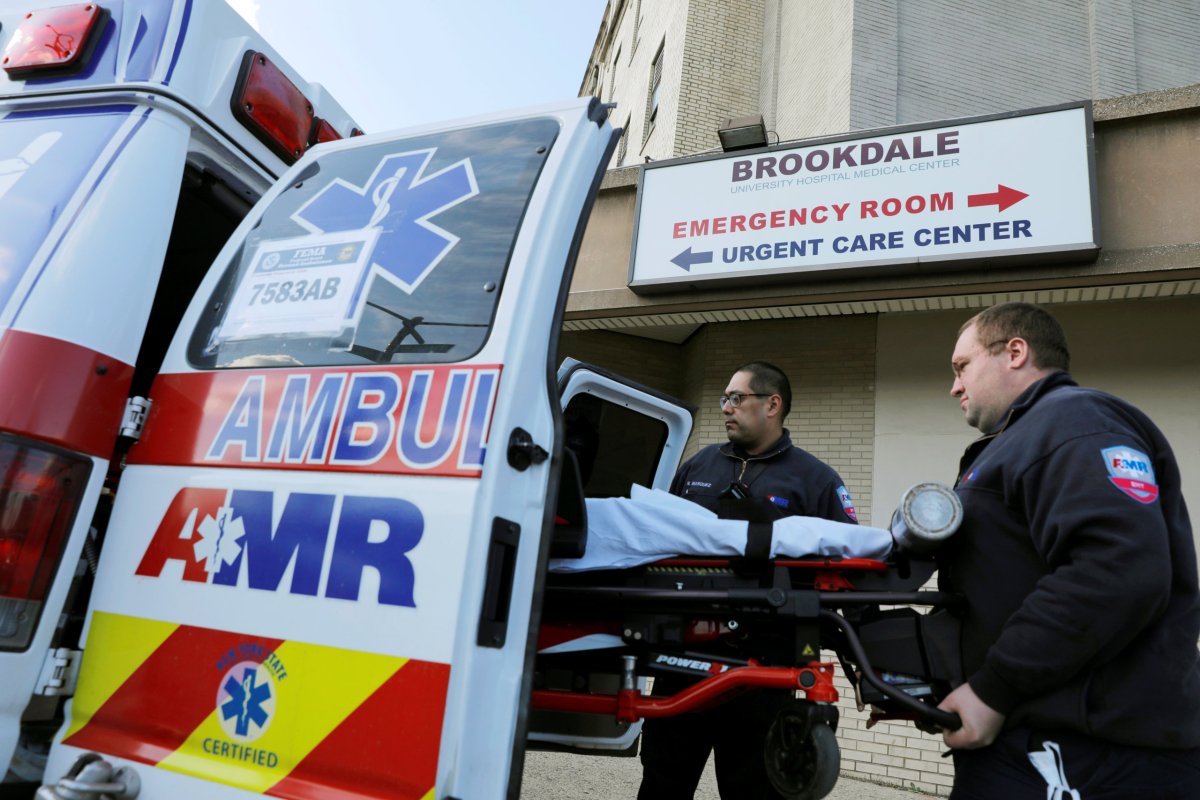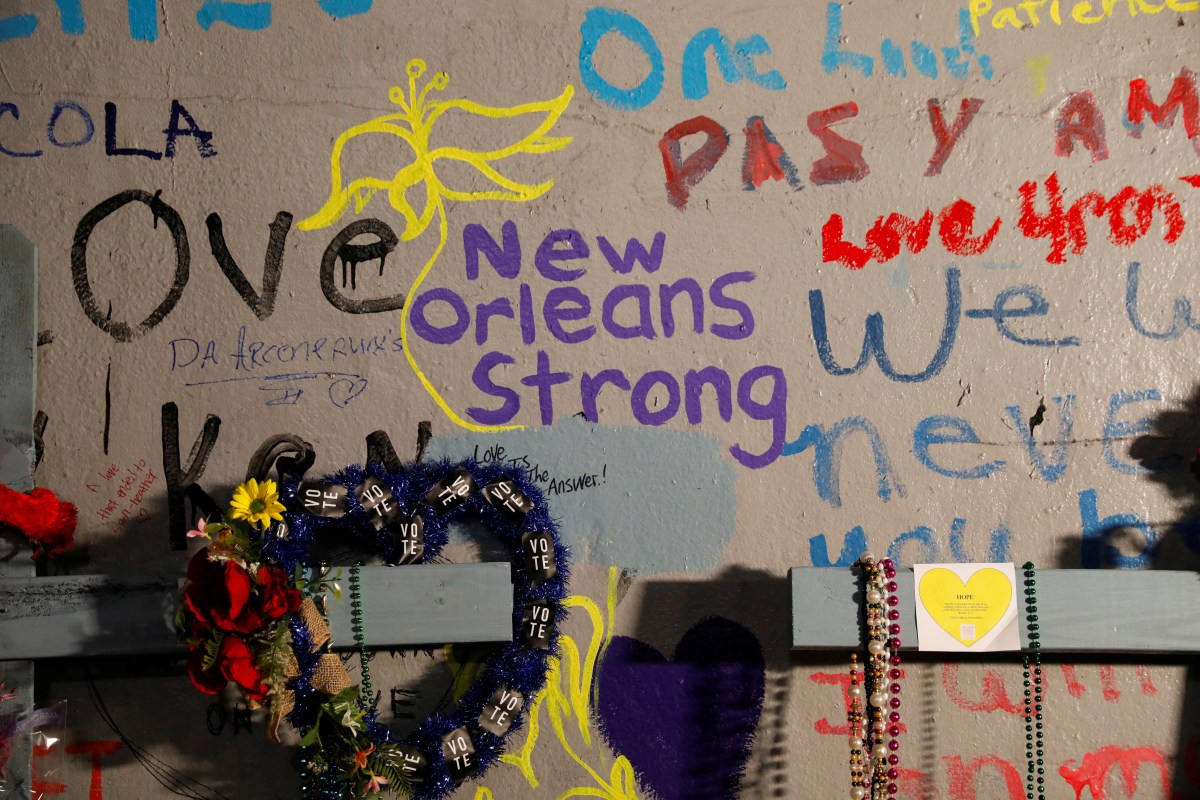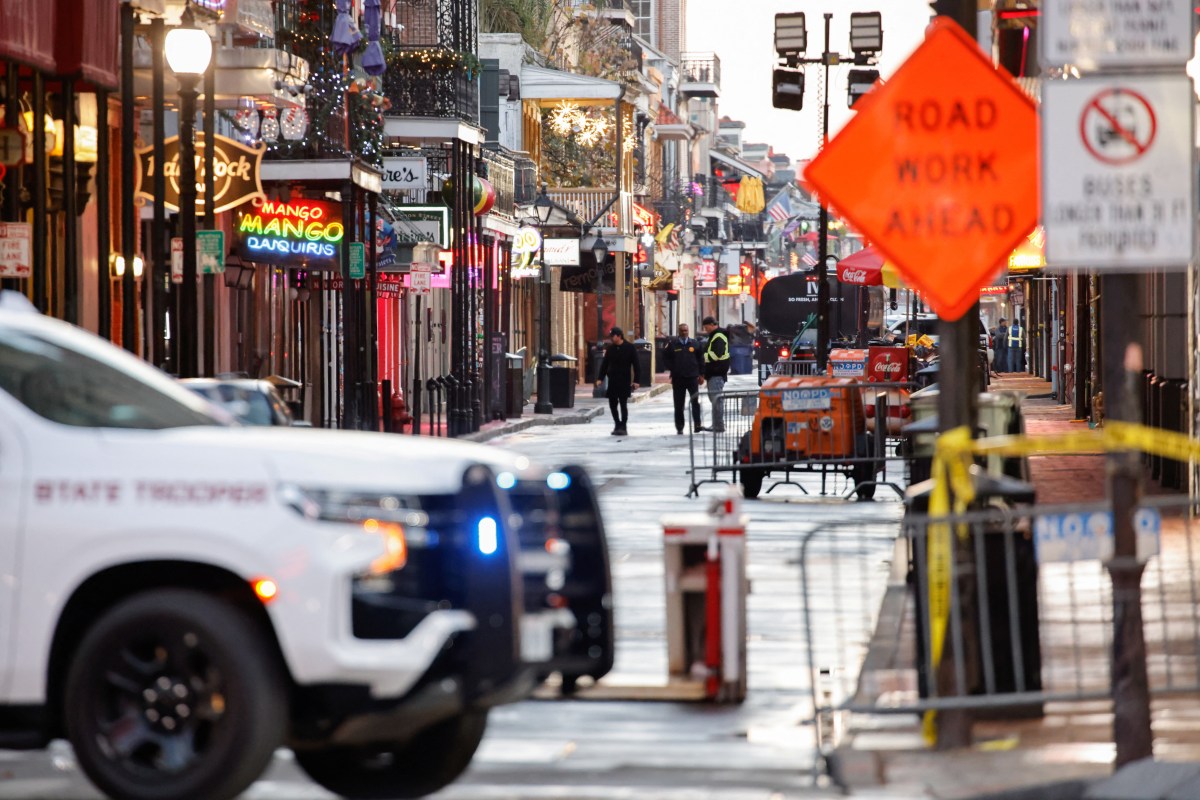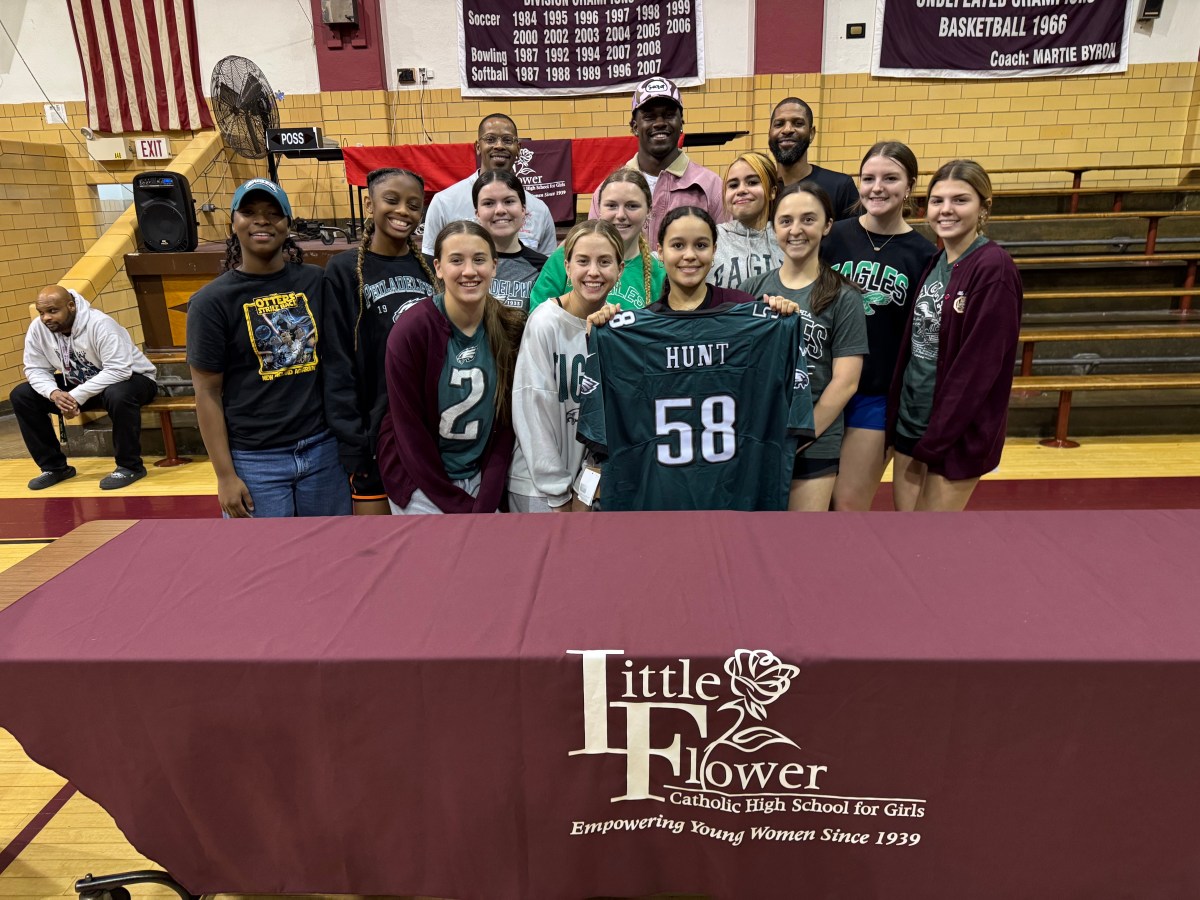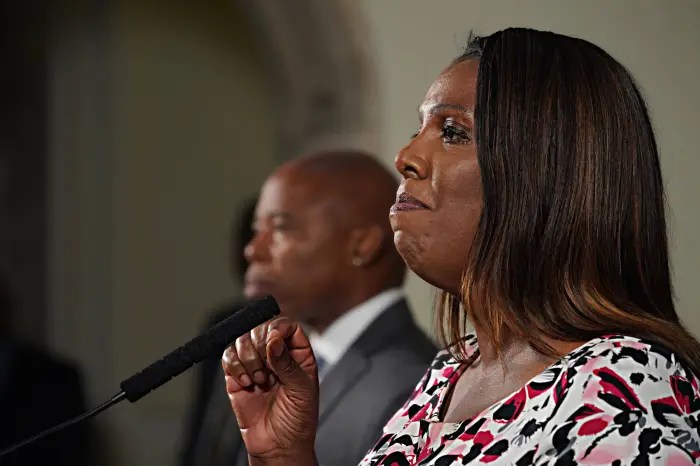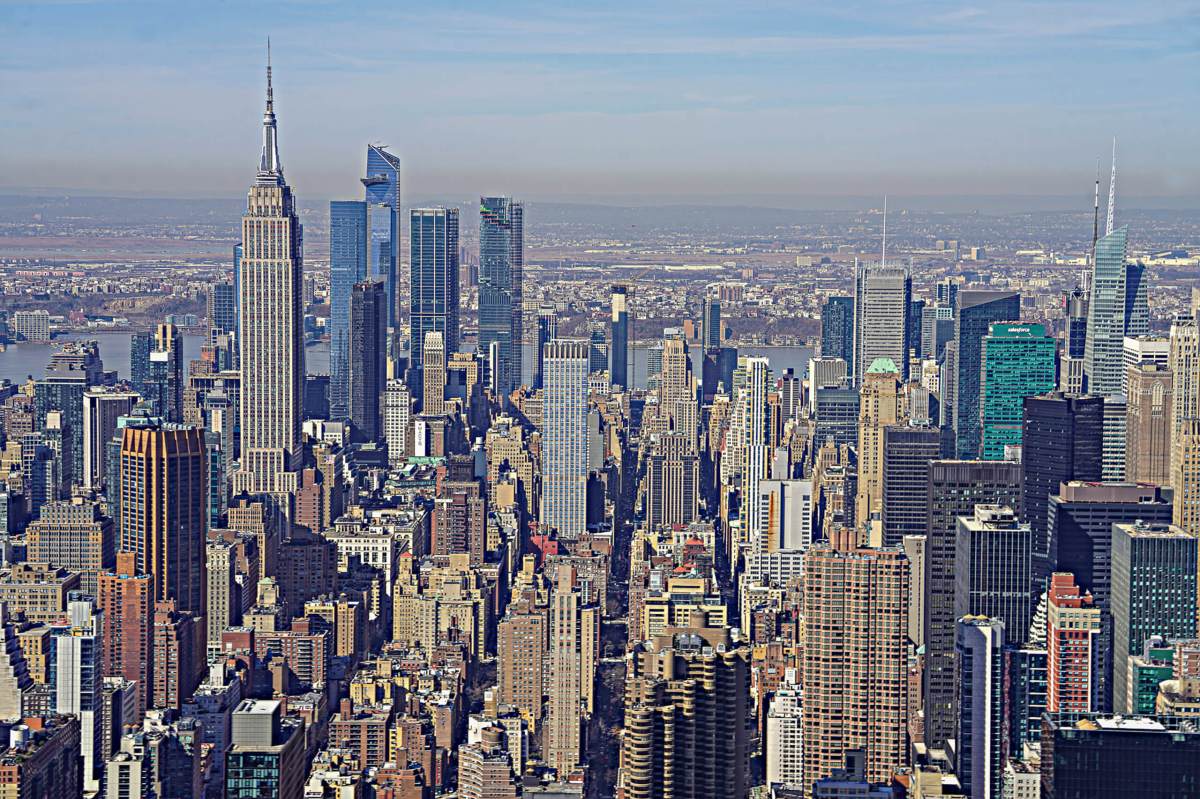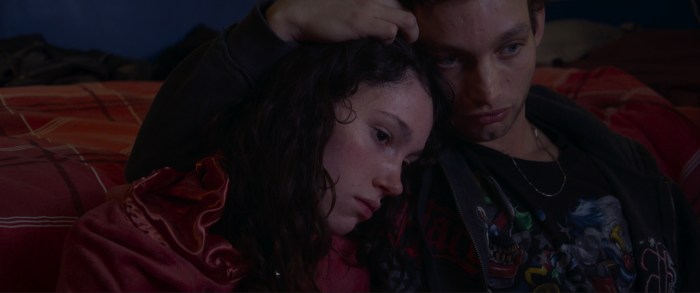(Reuters) – When the coronavirus struck Sylvia LeRoy, she turned to the hospital she knew best – Brooklyn’s Brookdale University Hospital Medical Center – where she has worked for seven years as a labor and delivery nurse and planned to give birth herself in just two months.
Suffering from fever and vomiting last week, LeRoy, 36, rushed to Brookdale, hoping that despite dire conditions at the hospital, she would be surrounded by familiar faces and treated “as one of their own,” said family members.
But she found the coronavirus had already transformed the New York City hospital into someplace almost unrecognizable – “a medical war zone” – as a Brookdale doctor previously described it to Reuters.
Many of the colleagues she was hoping would look out for her were themselves home sick with coronavirus symptoms. Her hospital obstetrician could not see her either because she too had the respiratory virus.
After LeRoy received a positive test result for the novel coronavirus on Saturday morning, the hospital told her husband he was no longer allowed to see her. Like many hospitals, Brookdale prohibits any visitors in the rooms of confirmed coronavirus patients.
A Brookdale spokesman did not return a call and emails seeking comment. CNN reported earlier this week that the hospital had over 100 patients who had tested positive for the coronavirus, with 78 awaiting results. At least 20 patients had died of the virus, according to the report.
New York City is the epicenter of the U.S. coronavirus epidemic in terms of total cases, with 45,707 infections, 1,374 deaths and 9,775 people hospitalized, according to a tally on Wednesday by the city’s health department.
As the hospital remained overwhelmed by the virus, LeRoy’s family launched an all-out struggle to get her transferred out. But they found many other locations were also struggling to cope with coronavirus patients.
STRICKEN HEALTHCARE WORKERS
LeRoy, who was working at the hospital at the time she was infected, is one of an unknown but surging number of New York nurses and doctors stricken in the pandemic.
Some medical experts have warned that pregnant women are at greater danger of life-threatening respiratory symptoms if they contract the virus.
But pregnant and other at-risk healthcare providers, like those over 60 years of age, have kept showing up for work, even as contagious people have flooded hospitals across New York City.
LeRoy was first admitted to the hospital several days earlier with a high fever, but was sent home without being tested for the coronavirus, after doctors diagnosed her with a urinary tract infection, her family said.
But last Thursday, when her fever spiked and she broke into coughing fits, LeRoy was again admitted to the hospital. To try to protect her pregnancy, LeRoy was placed in the labor and delivery floor department where she worked and had given birth to her first son.
Shirley Licin, LeRoy’s sister, said that even before she received a positive test, her sister’s fellow staff members began to distance themselves from her. A fellow nurse asked LeRoy to inject herself and hang her own intravenous fluid bags. A janitor, fearful of coming too close, handed her a mop from the door, Licin said.
More worrying, as LeRoy’s breathing deteriorated, Licin said a nurse told her that her sister would soon need a ventilator but that none were currently available.
The family feared the hospital was too overwhelmed to handle a pregnant COVID-19 sufferer and scrambled on Tuesday to find another hospital for LeRoy in New York or New Jersey. That meant getting a different hospital to accept an admission when the entire New York region is swamped by the crisis.
Licin called in every contact she had with any connection to a medical facility to beg for a favor for her sister. “There’s just nowhere to go,” she told Reuters at the time.
Exhausting every avenue, Licin lay down on the floor on Tuesday night and cried and prayed. Then the doctor called her back to say her sister was going to be moved to Mount Sinai Hospital in Manhattan.
LeRoy was transported there late on Tuesday and placed on a ventilator in critical condition on Wednesday morning.
(Reporting by Joel Schectman in Washington; Editing by Ross Colvin and Peter Cooney)

